Today, with technological advances it’s possible to obtain natural fibres from products that were unthinkable just a few years ago. This has been a huge contribution to sustainable fashion, because we can create sustainable, organic garments thanks to fabrics such as soya fiber.
Cotton, linen and natural silk are superior natural materials that have dressed humanity for centuries and that are still in use today. However, today we have other fibres that also come from nature, with properties that are often times unknown to even the people who are already wearing garments made from them.
An example of these new materials is Modal fabric (which comes from fibre extracted from beech tree bark), Tencel fabric (from eucalyptus bark) and fabrics made with bamboo stalks, just to name a few of the most widely-known materials today.
However, today I would like to honour and do justice to a lesser-known fibre in the fashion world that is more commonly used in the food industry. I’m talking about SOYA fiber, which has wonderful properties for our skin, in addition to being a fabric that is produced sustainably, organically and is biodegradable.
Where does Soya fiber come from?
Soya fiber is obtained from the seeds of the soya plant (which resemble small peas). Once these seeds have reached their optimal maturity, they are harvested and turned into flour, which is used in the food industry to obtain soya drinks, tofu, etc. The excess flour, through a high-tech bioengineering process, is transformed into soya fibre which, after undergoing a sophisticated spinning process, is turned into yarn and then into fabric.

There are many advantages of fabrics made with soya:
* They are anti-bacterial. They prevent the formation of bacteria, which cause body odour as they decompose in moist environments.
* They have a great capacity to absorb moisture from the human body, distributing the moisture throughout the entire garment, meaning that the body always stays dry.
* Breathability. They allow the body to breathe, thereby maintaining its ideal temperature. This is especially beneficial in the summer, as it keeps your body cool. However, it’s also useful in winter, as it helps regulate body temperature.
* It helps skin generate collagen. This makes the garment perfect for atopic skin.
* Soya fibre has a high protein content. This means that fabric made with this material hydrates the skin, preventing itchiness.
* Fungicide effect.- Prevents the formation of fungus. Thus, this material is especially useful for making socks.
* Quick-drying.
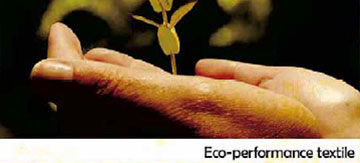
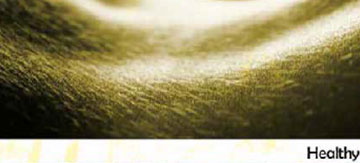
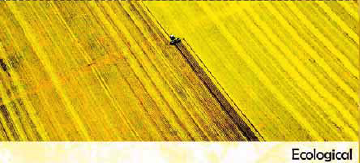

Undergarments are in direct contact with the skin throughout the day on the most sensitive parts of the human body. As you can see, there are multiple benefits for the skin if these garments are made with soya fabric.
The undergarments: both women’s and men’s briefs and boxer shorts made in soya fabric have properties that allow those who wear them to enjoy great comfort. And don’t forget about socks and undershirts, which are also great for practising sport.
Can you imagine being at the gym and sweating and having your T-shirt absorb all of the moisture your body is giving off and not feeling damp or smelly, and it drying quickly?
FRESHNESS, COMFORT AND WELL-BEING! That’s the answer.


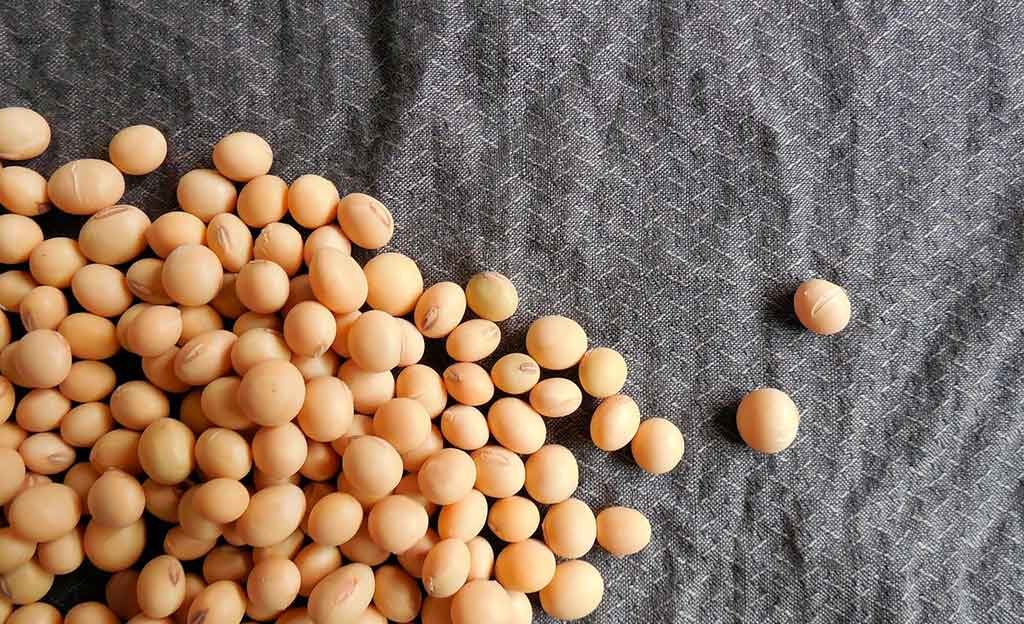




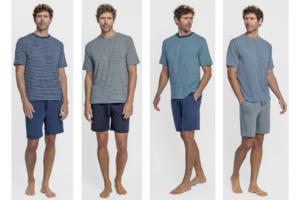
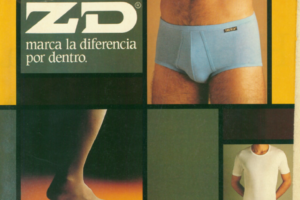
Reader Interactions